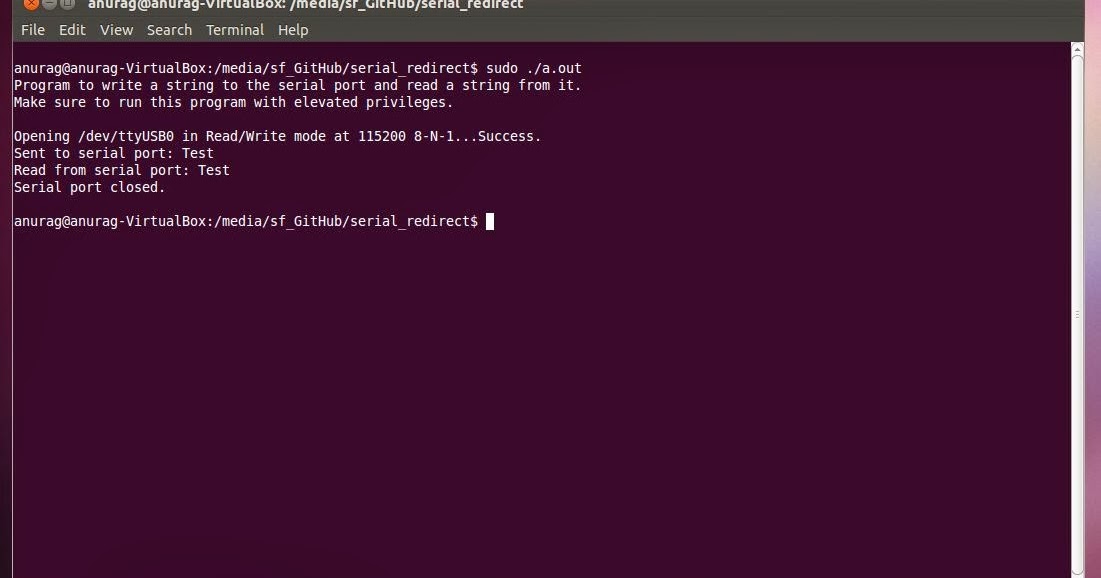
In addition, the local attacker can also access wireless network interfaces. In fact, even with simple equipment it is not. being modulated on the power line, as a sufficient barrier for an attacker. Power-line suffers also from the fact that many consider the physical nature of the interface, i.e. Ethernet with TCP/IP is used for those network connections, but there are other standards such as power-line communication or serial protocols, including MBUS. Therefore one might find weaknesses in the network stack of wired network interfaces that are already patched for most standard IT systems. Smart grid devices, such as PLCs or PV control systems are usually not supposed to be connected directly to the Internet. Network interfaces are always good attack targets. Martin Hutle, Markus Kammerstetter, in Smart Grid Security, 2015 4.2.4 Accessing Open Interfaces (Non-Invasive)Įmbedded devices come with plenty of interfaces.

When asked to confirm the changes, press Y and then Enter. 7.Ĭlick Exit Saving Changes on the Exit menu.

Make sure all other settings match the following: ▪ 4.Ĭhange the COM Port Address from Disabled to 3 F8. Select Console Redirection on the Server menu. 1.ĭuring POST, press F2 when prompted to enter BIOS setup. As with the 4210, these changes need to be performed locally on the sensor using a keyboard and monitor since redirection has not yet been configured.

To redirect the consoles of the IDS-42 sensors to the serial port, the following BIOS changes are required. A serial connection through either a terminal server or directly through a serial cable connection provides direct access to the IDS sensor console without the requirement of a keyboard or monitor. Connecting to the serial console of an IDS sensor is useful should a problem arise in the IDS sensor software that prevents access to the sensor either through the IDM or Secure Shell.


 0 kommentar(er)
0 kommentar(er)
